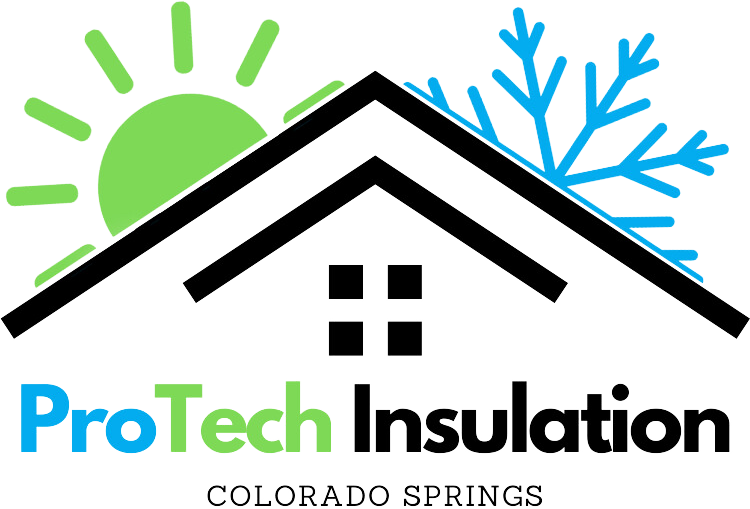Contact Us Today
Contact Us Today
Will Insulation Help With Humidity?
Managing indoor humidity is crucial for maintaining comfort and protecting the structural integrity of your home. But how does insulation play into humidity control? This post explores the role of insulation in regulating indoor moisture levels and offers insights on choosing the right insulation to combat humidity challenges.
Understanding Humidity in Homes
Humidity refers to the amount of water vapor in the air. High indoor humidity can lead to condensation, mold growth, and an overall uncomfortable living environment. Sources of indoor humidity include everyday activities like cooking, bathing, and even breathing. External weather conditions also significantly influence indoor humidity levels.
How Insulation Affects Humidity
Insulation helps maintain a consistent indoor temperature by slowing the transfer of heat. This stability helps prevent the formation of condensation, which occurs when warm, moist air comes into contact with cooler surfaces. By minimizing temperature fluctuations, insulation can indirectly help manage indoor humidity levels.

Types of Insulation and Their Impact on Humidity:
Understanding how different types of insulation interact with humidity is crucial for selecting the right material for each part of your home. Here’s how various insulation types manage humidity and the best applications for each within a residential setting:
Fiberglass Insulation
- Humidity Impact: Fiberglass is breathable, meaning it allows moisture to pass through. This can be advantageous for allowing moisture to escape but can lead to condensation if not properly managed with a vapor barrier.
- Best Uses: Ideal for attic spaces and exterior walls where moisture levels are typically controlled through good ventilation and where vapor barriers can be effectively integrated to prevent condensation within the insulation.
Spray Foam Insulation (Closed-cell)
- Humidity Impact: Closed-cell spray foam provides an excellent moisture barrier, preventing water vapor from entering and thereby reducing the likelihood of mold and mildew growth. It effectively seals air leaks and insulates, which helps to maintain stable indoor humidity levels.
- Best Uses: Perfect for basements, crawl spaces, and bathrooms where moisture levels are higher. Its ability to form a continuous barrier makes it ideal for preventing moisture ingress in these prone areas.
Rigid Foam Boards
- Humidity Impact: Like closed-cell spray foam, rigid foam boards are mostly impermeable to water vapor, making them effective at preventing condensation and moisture accumulation.
- Best Uses: Excellent for use on exterior walls, beneath siding, or in retrofitting exterior sheathing. Rigid foam boards can also be used in foundation insulation to prevent thermal bridging and reduce the risk of condensation along the cold concrete surfaces.
Mineral Wool (Rock or Slag Wool)
- Humidity Impact: Mineral wool is naturally moisture-resistant and does not absorb water, thus reducing the potential for mold and mildew growth. It's also vapor permeable, allowing buildings to breathe and thereby reducing potential condensation issues within the structure.
- Best Uses: Ideal for use in areas needing fire resistance in addition to moisture management, such as kitchen walls, furnace rooms, and near fireplaces. Its dense structure also makes it great for soundproofing, along with humidity control in internal walls.
Each insulation type offers specific benefits in terms of humidity control, and the choice of material should align with the particular moisture management needs of different areas in your home. By selecting the appropriate insulation, you can enhance both the energy efficiency and the overall indoor air quality of your living space.
Practical Tips for Insulating Against Humidity and When to Seek Professional Help:
Effectively insulating your home against humidity not only enhances comfort but also prevents long-term damage from mold and mildew. Here are some practical considerations to keep in mind during the installation process, and guidance on when it might be best to call in the professionals.
Practical Tips for Insulating Against Humidity:
- Understand Your Climate: The choice of insulation often depends on your local climate. In humid climates, materials that can handle moisture without degrading are preferable.
- Proper Installation of Vapor Barriers: In humid areas, or places like bathrooms and kitchens where moisture is generated, installing a vapor barrier in conjunction with insulation is crucial. This barrier helps prevent moisture from condensing within the insulation layer.
- Seal Air Leaks: Before installing new insulation, ensure that all air leaks are sealed. Unaddressed air leaks can lead to moisture accumulation and reduce the effectiveness of the insulation.
- Consider Permeability: Choose insulation materials that match the permeability needs of your home’s construction to properly manage moisture. For instance, in a tightly sealed home, breathable insulation materials like mineral wool can help manage moisture levels inside the walls.
- Check for Existing Moisture Issues: Before insulation, inspect for any existing moisture issues or damage in the area to be insulated. Addressing these problems beforehand ensures that the insulation will perform optimally.
- Insulate Pipes: To prevent condensation, ensure that any cold water pipes running through insulated areas are also insulated.
When to Seek Professional Help:
- Complex Installations: If the insulation project involves complex areas such as crawl spaces, attics, or areas requiring significant moisture management, professional expertise can ensure that the insulation is installed correctly.
- Existing Moisture or Mold Issues: If there are signs of existing moisture problems or mold growth, it's crucial to consult a professional. These conditions need to be resolved before new insulation can be effectively installed.
- Building Code Compliance: Professional installers are familiar with local building codes and can ensure that your insulation meets all required standards, especially concerning fire safety and energy efficiency.
- Health and Safety Concerns: If dealing with materials that could pose health risks or if you’re unsure about how to safely handle installation (particularly with fiberglass or spray foam), professional installers can ensure that the job is done safely and correctly.
By keeping these tips in mind and knowing when to call in the experts, you can ensure that your insulation effectively combats humidity while maintaining the structural integrity and comfort of your home. Remember, proper insulation and moisture control go hand in hand in protecting your investment and enhancing your living environment.
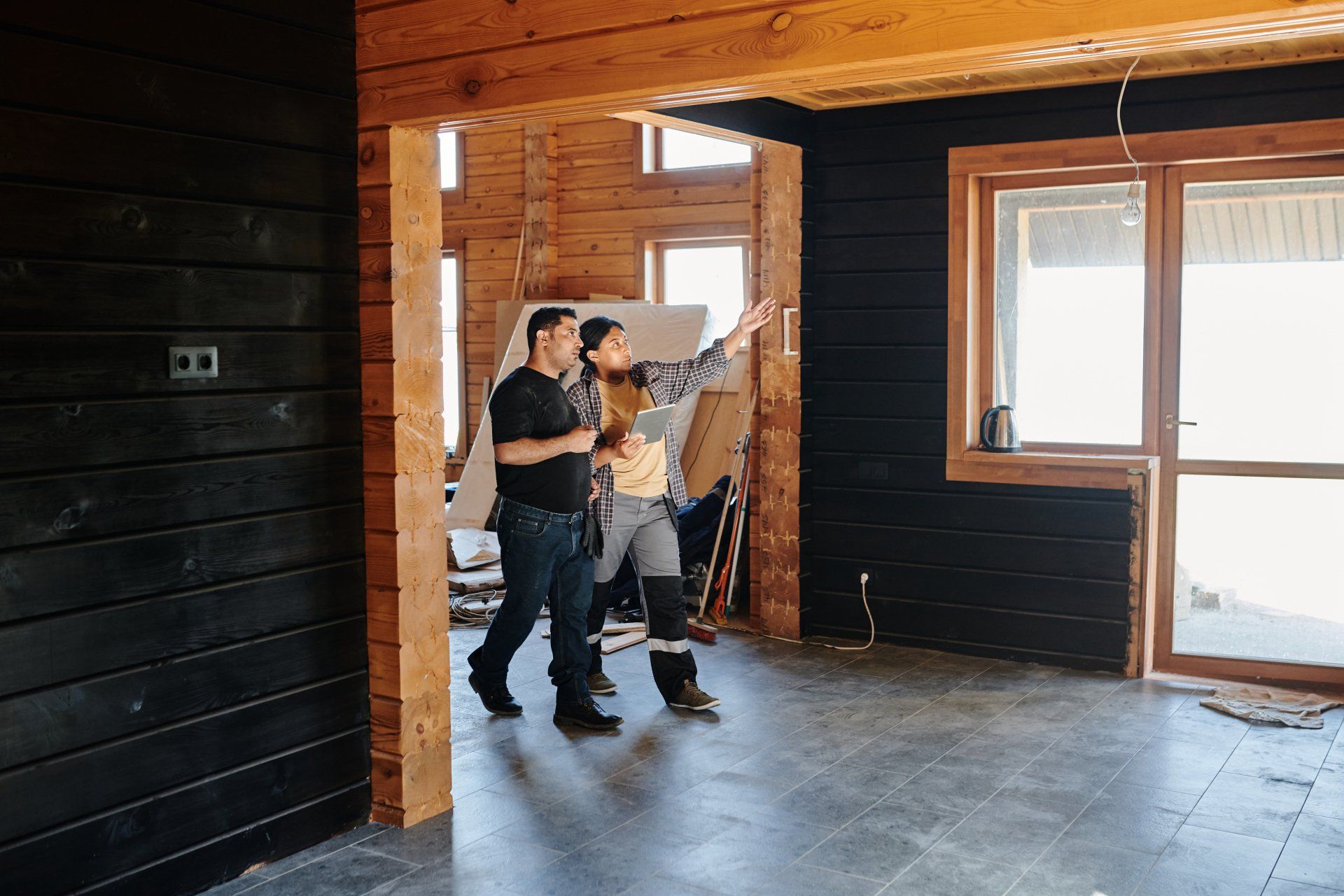
Balancing Humidity with Proper Insulation
Understanding how insulation interacts with humidity is key to creating a comfortable and durable home environment. Properly selected and installed insulation can significantly help manage indoor humidity levels, preventing common issues such as mold growth and structural deterioration. When considering insulation for your home, it's crucial to take into account the local climate, the specific moisture challenges of your environment, and the appropriate insulation materials that offer the best performance in terms of humidity control.
For homeowners in the Colorado Springs area contemplating insulation upgrades or installations, it's advisable to consider not only the material’s thermal properties but also its ability to handle moisture. Whether you're doing it yourself or seeking professional help, ensuring that your insulation works effectively against humidity will enhance your home's comfort and energy efficiency.
Don't let humidity control be an afterthought in your insulation projects. If you're unsure about the best insulation choices for your home or need assistance with installation, reach out to ProTech Insulation. Our experts can provide you with tailored advice, ensuring your insulation is perfectly suited to your home’s needs and the Colorado Springs climate. Contact ProTech Insulation today to discuss how we can help you achieve optimal humidity control and insulation in your home.
Ready to work with ProTech Insulation?
Let's connect! We’re here to help.
Send us a message and we’ll be in touch.
Or give us a call today at 111-222-3333
Agency Contact Form
We will get back to you as soon as possible
Please try again later
More Marketing Tips, Tricks & Tools
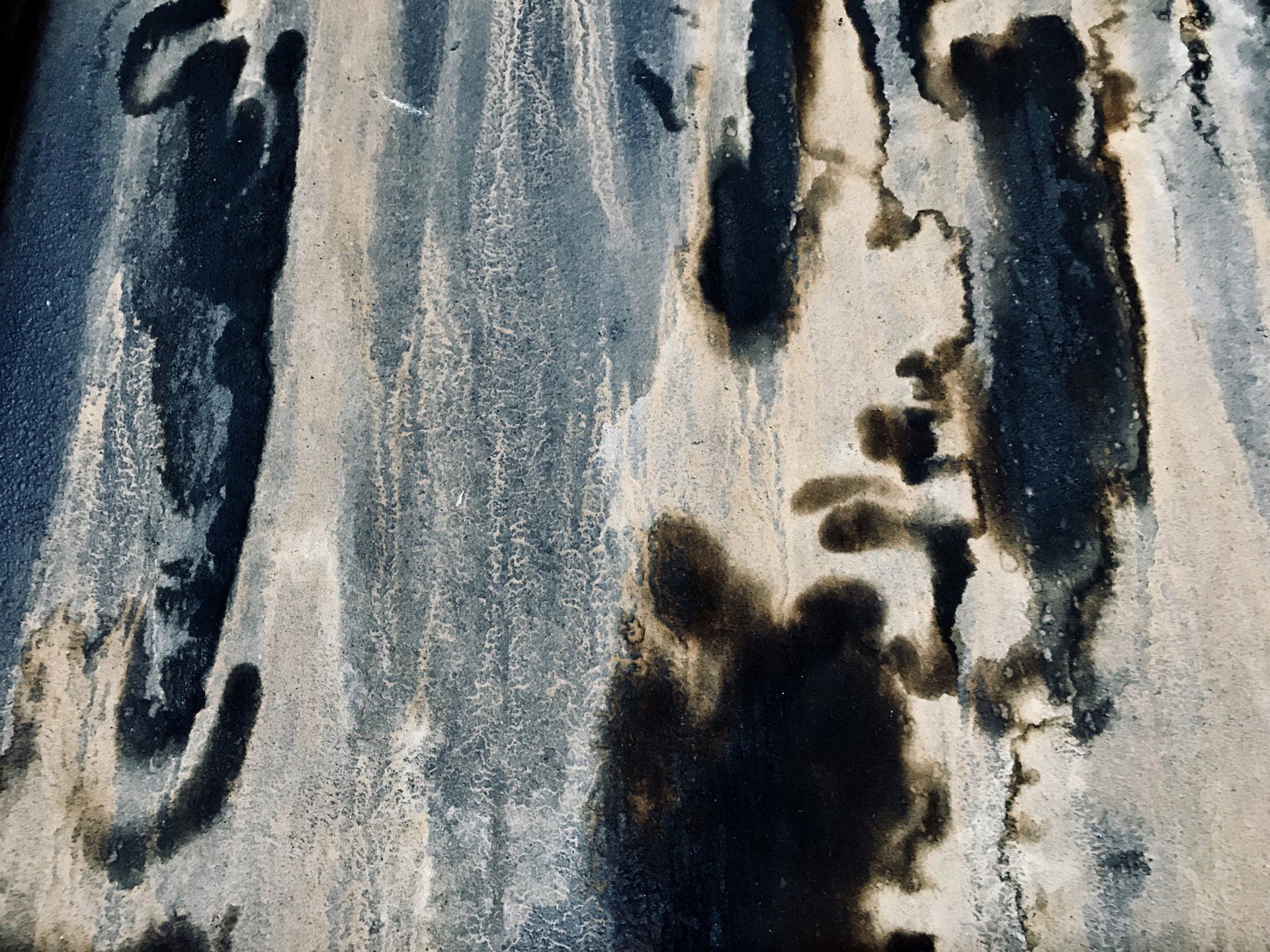
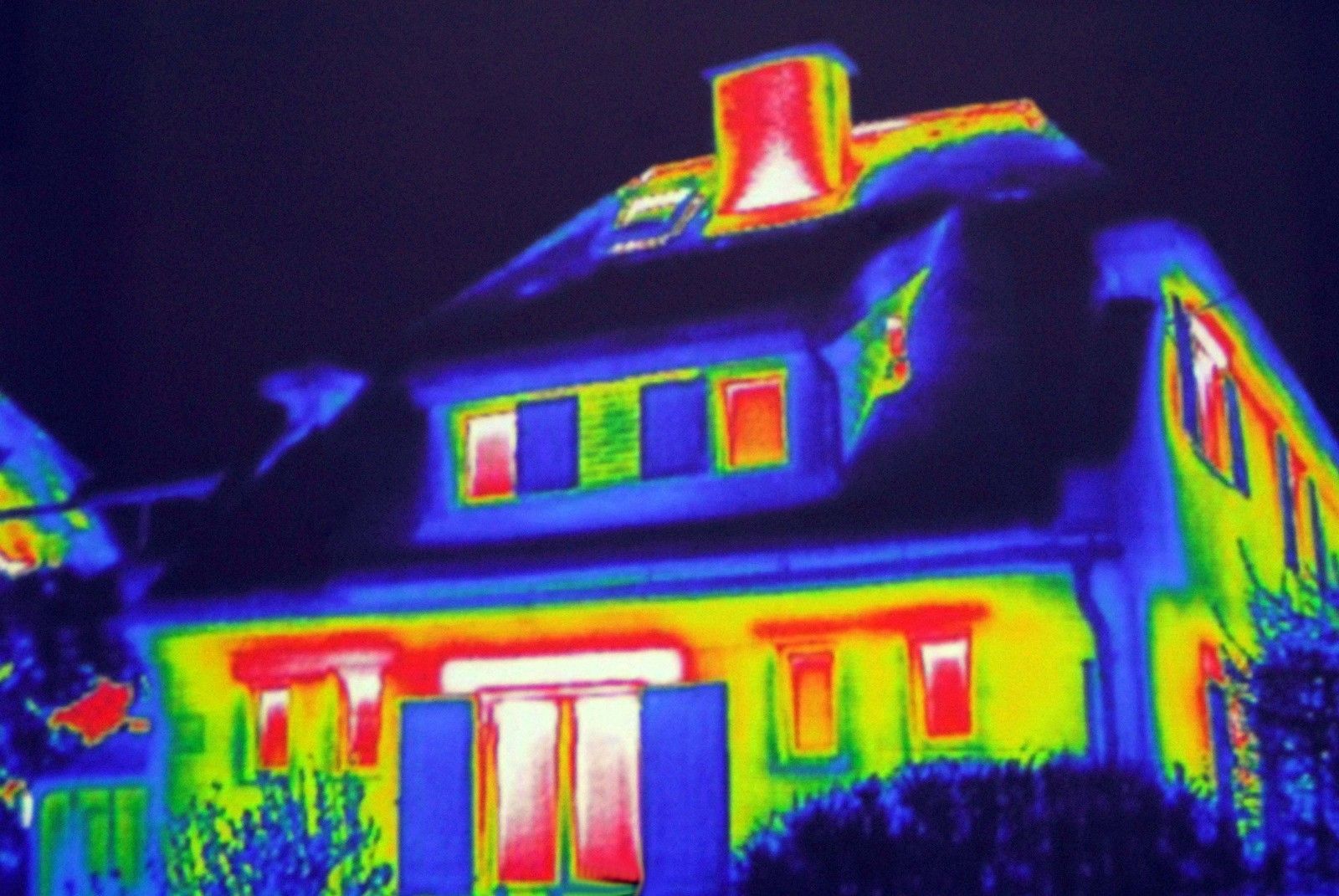

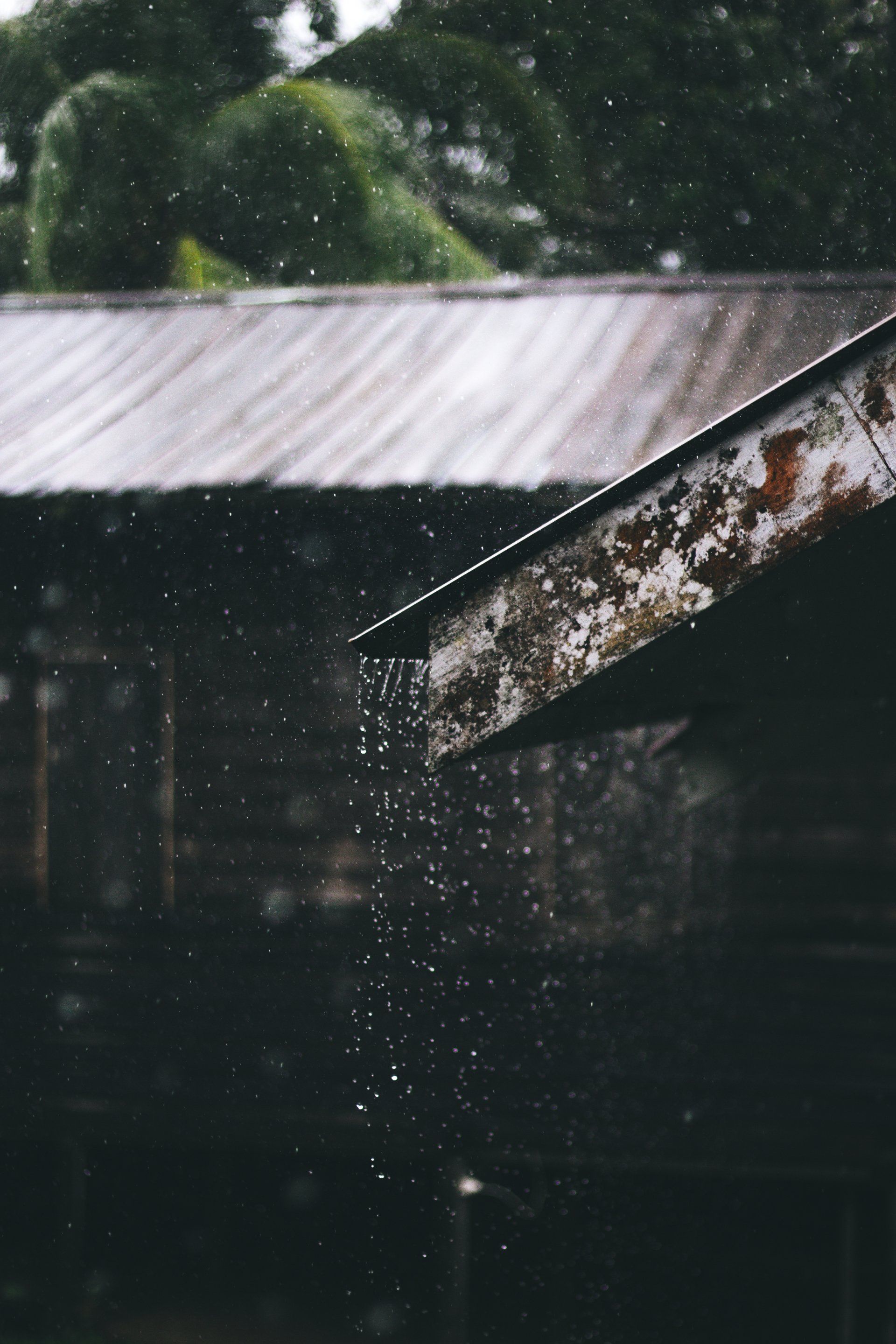

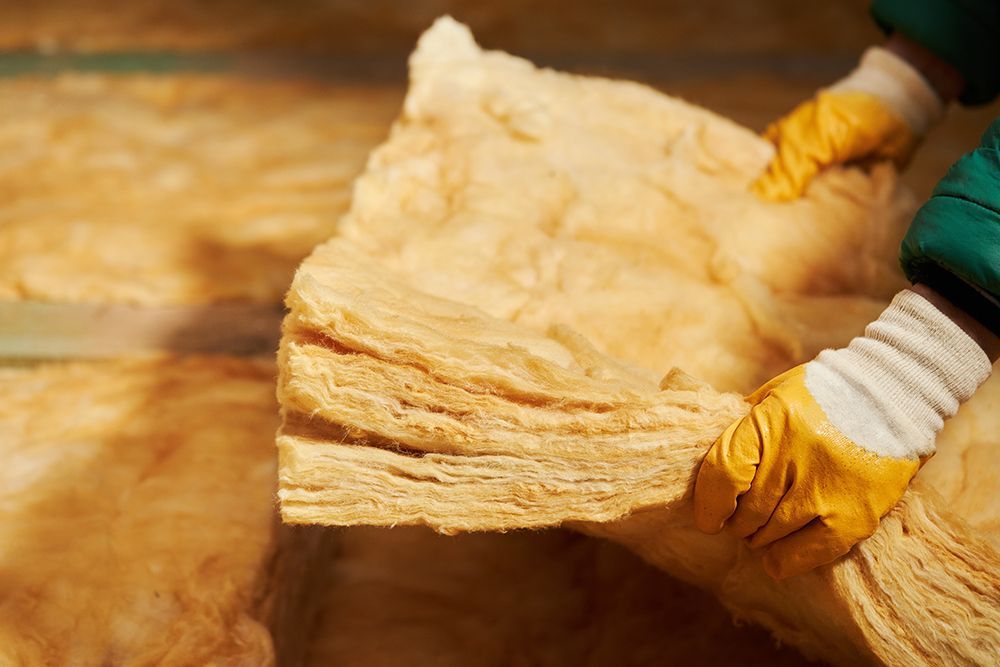


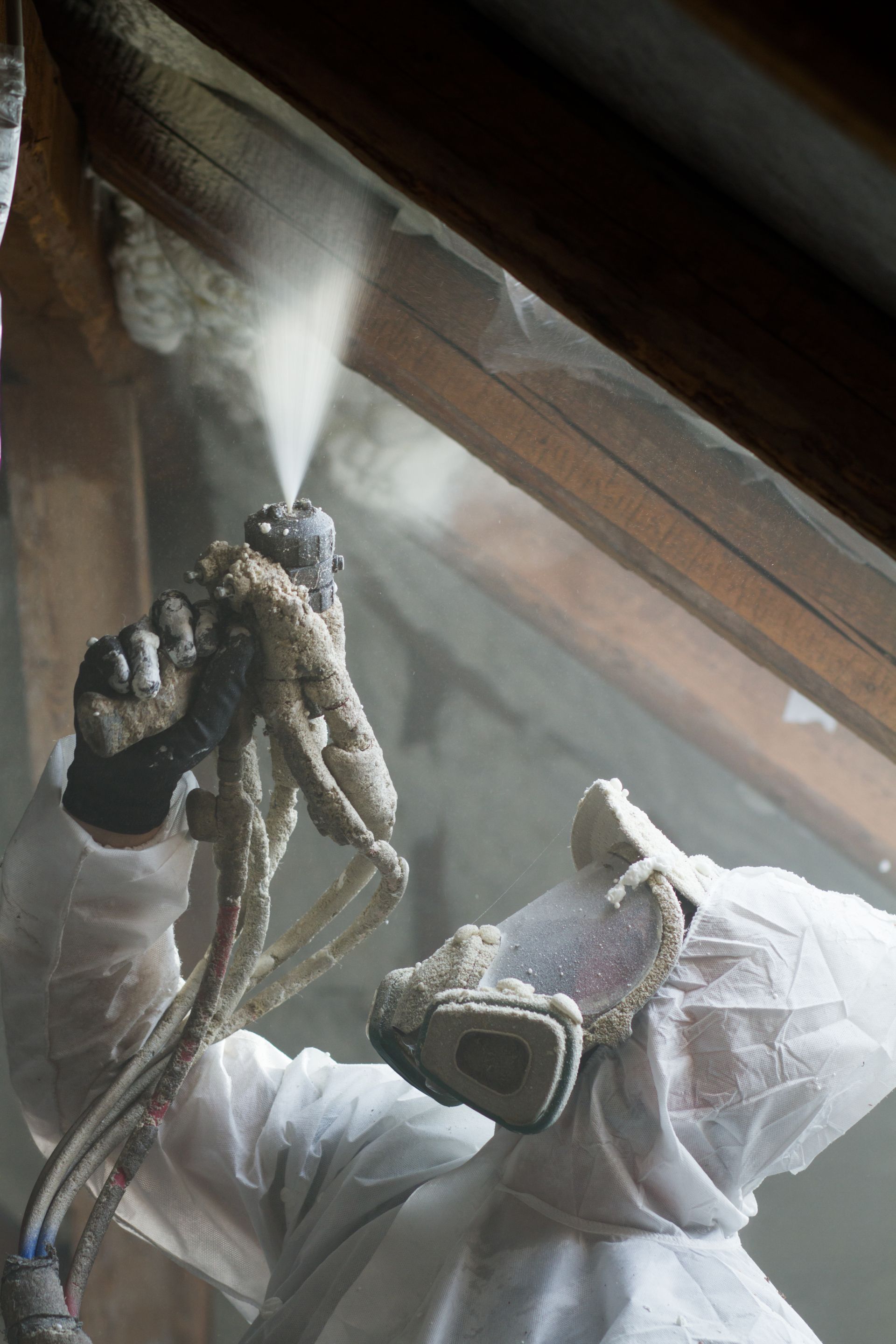
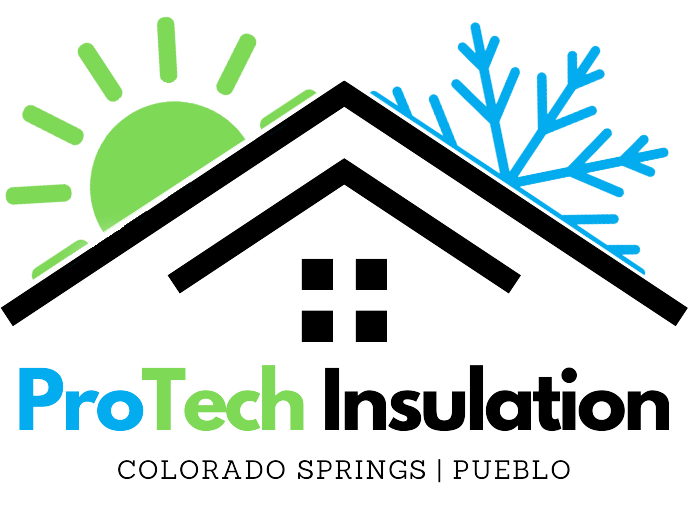
All Rights Reserved | ProTech Insulation
All Calls Sent To A Qualified Contractor
